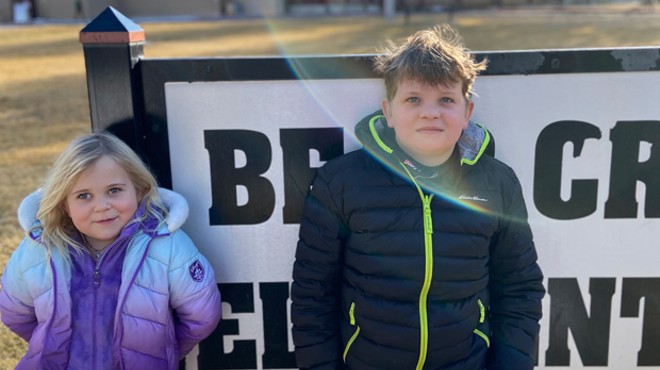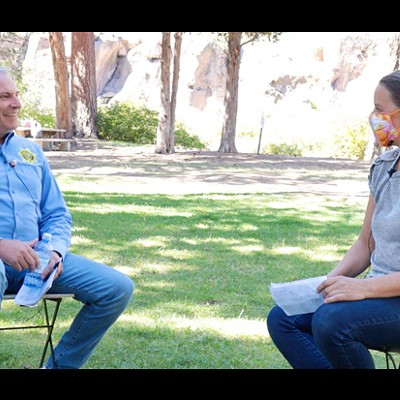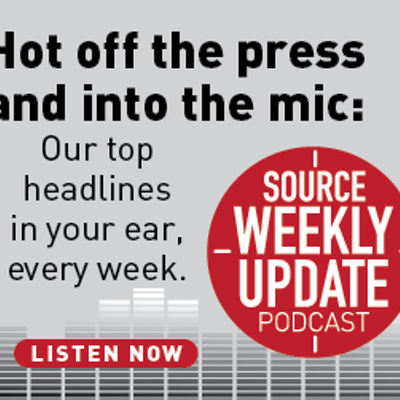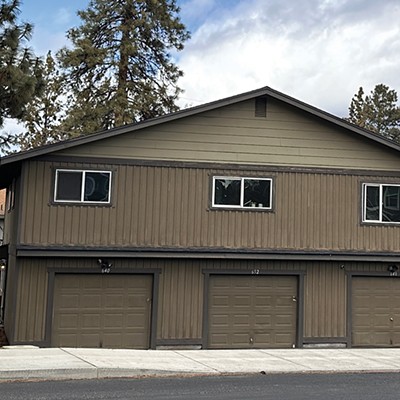This week, people in Deschutes County got word that the county would move from the Extreme Risk category to the High Risk one—allowing for more relaxed restrictions and once again allowing restaurants to serve indoors in a limited capacity. This is welcome news, and with rapidly declining COVID-19 case numbers statewide, it puts Oregon on a trajectory to hopefully put this virus behind us.
But we are reminded that the physical effects of the virus are only one category of ill effects we have to contend with. The other social and mental effects may linger much longer and will be costly.
It doesn't take an overly astute person to realize, anecdotally, that during this pandemic, people are not all right. Catch up with friends who, like most of us, have been largely sequestered away over the course of this past year and you're very likely to hear someone admit that they're increasingly depressed, withdrawn, despondent, discouraged, socially inept or just plain sick of it all. We've known this from anecdotal evidence for quite some time: Isolation is having an incredibly negative effect on us, perhaps more than we have yet realized. And even while that isolation has been ordered in the hopes of seeing more people survive the COVID-19 virus, we did not know—and still don't fully know—what the longer-term effects of all of this will be. Except, now that it's been a year, data are beginning to come out that give us some hints.
As an example, the Deschutes County Sheriff's Office recently released its Annual Agency Activity Report for 2020, which reveals trends from one year to the next. Some of the more striking numbers: mental health calls went up significantly, from 793 mental health calls in 2019 to 910 in 2020. This is just for the wider county and does not include those from Bend Police. Meanwhile, overall calls for service went down, from 74,580 in 2019 to 66,491 in 2020—perhaps at least in part due to fewer tourists in our midst over the course of this year—but at the same time, 911 calls rose 16% in 2020, from 7,603 in 2019 to 9,143 in 2020. While the report does not go into detail, by the numbers, COVID is having an impact on people's mental health. Meanwhile, the number of concealed-carry permits issued in 2020 outnumber 2019's by nearly 300 in Deschutes County.
Bend-La Pine Schools, the fifth-largest school district in Oregon, lost the second-most number of enrolled students this school year, among the top 10 districts in the state.
tweet this
Other numbers from the Oregon Department of Education show that Bend-La Pine Schools, the fifth-largest school district in Oregon, lost the second-most number of enrolled students this school year, among the top 10 districts in the state. ODE's Fall Membership Report, released Feb. 4, showed that enrollment in public schools across the state was down 3.7% for the 2020-21 school year compared to 2019-20. BLPS, with roughly 17,500 students, saw an enrollment decline of 5.9%, second only to Tigard-Tualatin, which saw a 6% decline in enrollment.
We'd like to chalk up that big decline in numbers in one of the fastest-growing cities in the U.S only to the fact that so many of Bend's privileged families have moved over to private schools—but that's the easy route. Indeed, many of us know, anecdotally, of that family who is now sending their kids to a private school, where doors have been open and school in regular session since the fall. But also baked into those numbers are some of the kids who we don't often hear about—those kids whose families haven't been able to provide the time or the internet access or the equipment to make comprehensive distance learning a viable option. Bend does have more than its fair share of privilege—but it's on behalf of those kids we don't hear about that we have advocated for school re-openings that are only now beginning to see full fruition in our area.
Numbers help us get a read on where the less privileged stand in our community. It can be difficult to ascertain from anecdotes how we are doing as a whole. It is reports like these that require reassessment of how we respond in a pandemic, and what we need to do next to ensure the continuing fallout from this virus isn't exacerbated by moving too slowly to address these concerns.


























